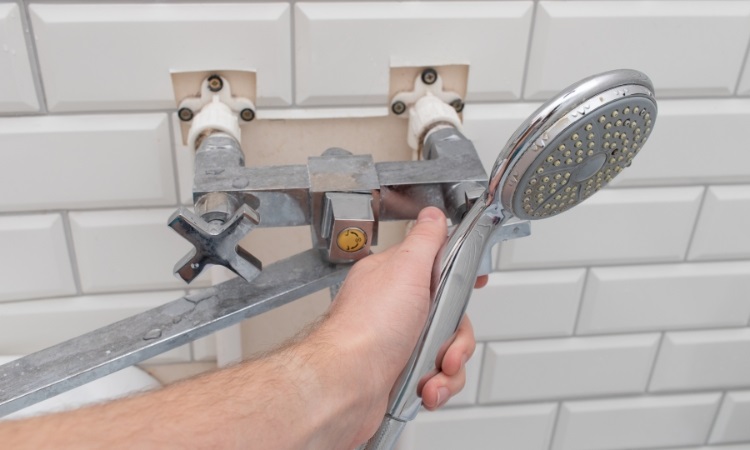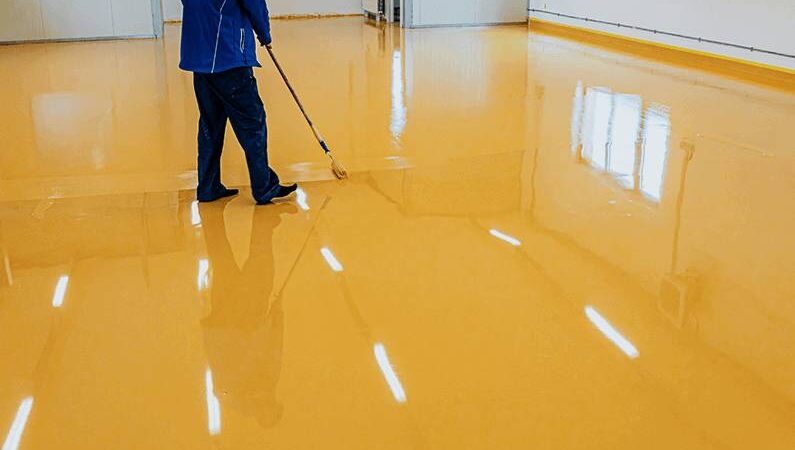Reasons Why Reverse Osmosis Water Is a Good Idea

When it comes to water purification, “What are the Benefits of RO Water?” is by far the most often asked question. Historically, it was boiled and filtered before consumption to eliminate any unwanted substances. It worked well before, but now since pollution has such a detrimental influence on everyone’s health, we need a RO Water Purifier System to clean up our water. Some bacteria may be killed by boiling the water, but this process is not necessary for creating safe drinking water, say experts in the field of nutrition. The water is unsafe to drink because to the presence of contaminants, dissolved solids, chemicals, and other minerals.
About RO and More
RO, which stands for “reverse osmosis,” is a method of purifying water that involves forcing water molecules through a semipermeable membrane at high pressure in order to filter out harmful dissolved particles and impurities. Dissolved particles and other contaminants in the water are filtered out and then washed away throughout this process, leaving behind potable water. The Home Purification System is credited with bringing RO to the North American market in the 1970s (See the whole backstory here). Reverse osmosis, a technique used all over the world, is the standard method for water purification.
It is important to consider not just our personal health, but also the health of others with whom we share the world. That’s why it’s crucial that we have the water filtration system set up wherever we live or work.
We have highlighted nine of the most significant benefits of drinking RO Water, but there are many more. The importance and benefits of utilising RO Water are best shown by the following examples:
There are a number of steps in the water-purification process
One of the most notable benefits of RO Water is that it undergoes many filtration procedures. See our article for additional detail, but know that a good water purifier will have six to eight stages of filtration. There is an important task that must be completed throughout each stage. Dust, odours, and other unpleasant byproducts are cleaned up in stages. TDS A membrane capable of reverse osmosis regulates the water supply. Bacteria and viruses could be killed by exposure to UV radiation. After all of these processes, the water is finally safe for use in both the kitchen and the drinking glass.
Pure and safe drinking water
Water that is hard, contains iron, or has an off-putting taste and odour is likely not safe to drink. There have been concerns that the tap water we drink and use in our homes and businesses may include chemicals and metals that are detrimental to human health.
The Benefits to Hair and Skin
This is just one more way in which RO Water excels above conventional methods. It is well known that drinking unfiltered water causes skin dryness and collagen breakdown due to the presence of pollutants and heavy metals including chlorine, aluminium, and mercury. In addition to making our hair dry and unmanageable, these poisons may strip it of its natural oils. Clean water is beneficial to our hair, skin, and bodies since it does not damage them.
Conclusion
Regular use of RO water has been linked to improved oral hygiene. Most of us don’t realise that it’s also bad for our teeth to drink dirty water, but it is. As a result, using RO Water to clean one’s teeth is highly recommended by dentists.







